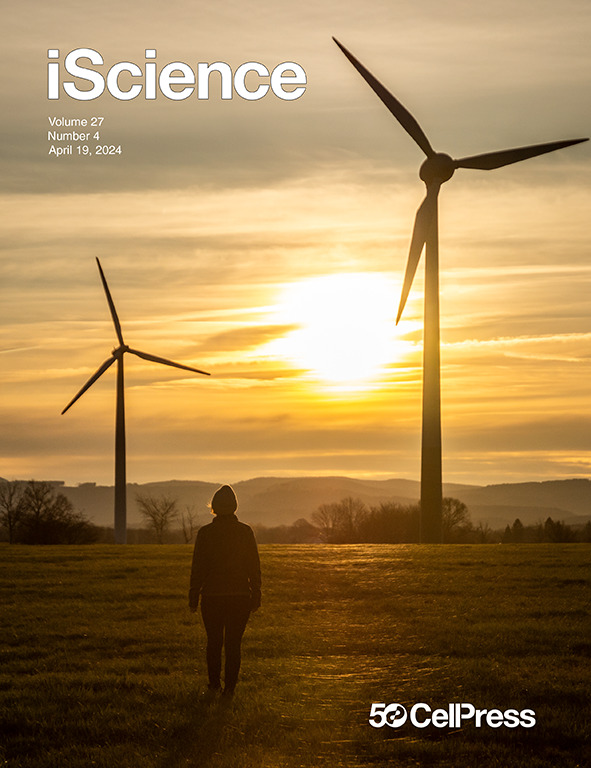Global value added and embodied carbon emission transfers driven by lithium battery trade
IF 4.6
2区 综合性期刊
Q1 MULTIDISCIPLINARY SCIENCES
引用次数: 0
Abstract
The environmental consequences of the production and use of lithium batteries have been widely concerned in recent years. To uncover the environmental costs driven by lithium battery trade, this study traces value added and embodied carbon emission transfers using input-output model and network analysis. First, the results show the significant centralized trends occur as economies’ average exchange partners decreased by 3.0% (value added) and 7.7% (carbon emissions), while transfer volumes surged 6595% and 5953%. Second, Germany and the USA show the most significant value added and carbon emissions in imports, while China dominates exports. Third, imbalanced flows exist: European Union (EU) countries exhibit high valued but low-carbon imports, contrasting with the USA and UK’s low valued but carbon-intensive imports in 2021. Economies bearing notable environmental costs differ between imports (India) and exports (Mexico and Indonesia). These results inform lithium battery supply chain restructuring strategies by quantifying trade-driven environmental-economic linkages.

求助全文
约1分钟内获得全文
求助全文
来源期刊

iScience
Multidisciplinary-Multidisciplinary
CiteScore
7.20
自引率
1.70%
发文量
1972
审稿时长
6 weeks
期刊介绍:
Science has many big remaining questions. To address them, we will need to work collaboratively and across disciplines. The goal of iScience is to help fuel that type of interdisciplinary thinking. iScience is a new open-access journal from Cell Press that provides a platform for original research in the life, physical, and earth sciences. The primary criterion for publication in iScience is a significant contribution to a relevant field combined with robust results and underlying methodology. The advances appearing in iScience include both fundamental and applied investigations across this interdisciplinary range of topic areas. To support transparency in scientific investigation, we are happy to consider replication studies and papers that describe negative results.
We know you want your work to be published quickly and to be widely visible within your community and beyond. With the strong international reputation of Cell Press behind it, publication in iScience will help your work garner the attention and recognition it merits. Like all Cell Press journals, iScience prioritizes rapid publication. Our editorial team pays special attention to high-quality author service and to efficient, clear-cut decisions based on the information available within the manuscript. iScience taps into the expertise across Cell Press journals and selected partners to inform our editorial decisions and help publish your science in a timely and seamless way.
 求助内容:
求助内容: 应助结果提醒方式:
应助结果提醒方式:


